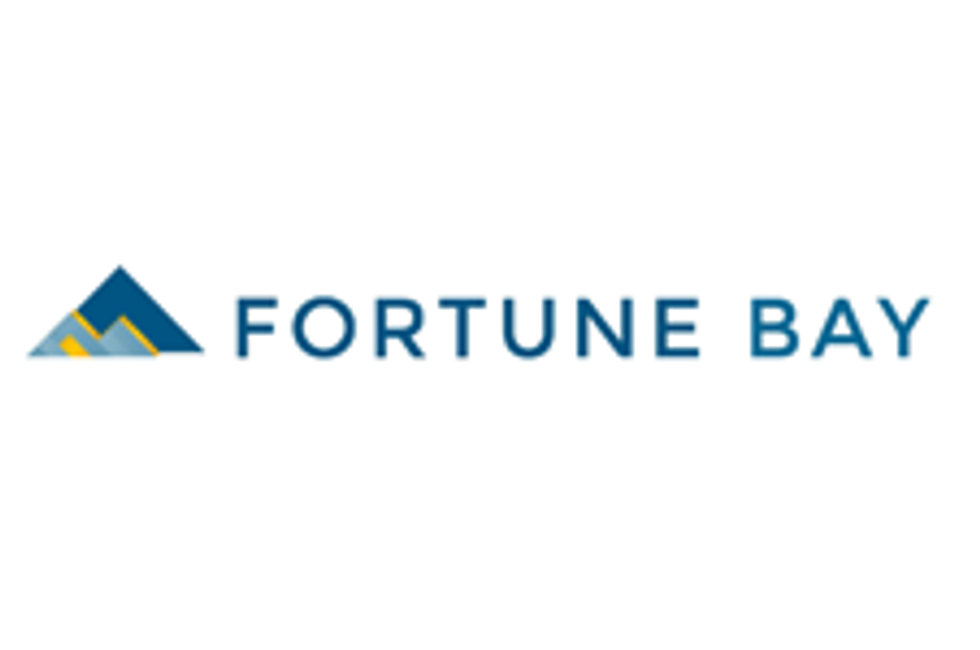There was some relief this week for South Africa’s beleaguered gold sector, with just under 10,000 workers heading back to their shifts after downing tools in illegal strikes. The gold price, meanwhile, was mostly flat, hemmed in between good economic news from the US and continued uncertainty in Europe.
The company issued an ultimatum on Tuesday, warning striking employees to show up for their shifts on Thursday or be sacked. Gold Fields has lost 65,000 ounces of gold production, or 1.2 billion rand, in revenue due to the illegal strikes, Reuters reported.
On Monday, the bullion producer suspended output at its KDC operations after 8,500 workers joined a wildcat strike whose numbers have now swelled to around 19,500, or two-thirds of the mine’s workforce.
Meanwhile, workers at the Blyvooruitzicht mine, operated by Village Main Reef (OTC Pink:VMRFF), suspended an illegal strike and returned to work on Wednesday. “Most of the Blyvoor employees have honored the agreement, with 772 employees out of a complement of 941 reporting for the morning shift today,” the company said in a statement.
Another South African gold producer is continuing to hurt from a protracted strike at one of its gold mines. Gold One International (ASX:GDO) took a 6.1 percent hit to its stock price Tuesday after the Johannesburg company suspended the Ezulwini operation for 30 days following the dismissals of 1,417 workers. The dismissals followed a similar move by Anglo American Platinum (OTC Pink:AGPPY), which fired 12,000 workers for taking part in a three-week illegal strike.
The nation’s three largest gold producers — AngloGold Ashanti (NYSE:AU), Gold Fields and Harmony Gold Mining (NYSE:HMY) — are attempting to bring labor peace to South African’s troubled mining sector by negotiating with unions, but so far the talks have not broken the impasse. Miners are seeking wage increases above the rate of inflation. The strikes have also affected chrome, platinum and iron ore mines. The labor disruptions reached a tragic nadir earlier this year after police clashes with striking platinum miners resulting in the death of 46 workers.
Gold loses lustre on improved US economic data
Good news about the world’s biggest economy, the United States, had gold backpedalling throughout most of this week. The yellow metal was range-bound between $1,730 per ounce on Monday and $1,746 on Thursday as most bullion watchers stayed on the sidelines and waited to see how events unfold in Europe.
Data showing a strong September for US retail sales and a drop of 30,000 in the number of Americans filing for unemployment benefits had gold plunging $25 to a one-month low on Monday. Retail sales are an important indicator of US economic health since some 70 percent of the American economy is driven by consumption. Gold was also hurt Monday by a rising US dollar. That makes bullion, which is priced in US dollars, more expensive for holders of non-greenback currencies.
These developments are generating concern about the longevity of Federal Reserve easing. Some market participants are worried that the US central bank will plug the flow of cheap money sooner rather than later if the economy continues to improve. The Fed announced in September it will start buying $40 billion worth of mortgage debt each month to boost economic growth and reduce unemployment.
On Tuesday, the dollar dropped, the euro rose and stronger stock markets — buoyed by hopes that debt-riddled Spain will soon seek a bailout to shore up its flagging economy — had gold increasing $8, or 0.2 percent, to $1,738.
The mini-rally continued on Wednesday in reaction to a positive rating on Spain’s investment-grade status and high demand at an auction for Spanish 10-year bonds; gold hit $1,750 an ounce after the euro climbed to a one-month high and the dollar fell to a two-week low.
Yet by Thursday, gold had slipped to $1,746, as the euro surrendered gains made earlier in the day ahead of concerns by investors over the outcome of a two-day summit of European leaders in Brussels. December gold last traded down $7.80 to $1,745. 20 an ounce, while spot gold was last quoted at $1,742.60/oz, according to numbers sourced by Kitco.
Company news
Mexican gold miner Argonaut Gold (TSX:AR) will pay $341 million to acquire Canadian gold explorer Prodigy Gold (TSXV:PDG). Argonaut said in a statement that the combined entity has the potential to produce 300,000 to 500,000 ounces annually. Prodigy is advancing the Magino project in Ontario, which contains an indicated resource of 6.25 million ounces.
Argonaut fell 6.87 percent on the news while Prodigy Gold was up 50 percent to $0.98 a share.
Shareholders approved an earlier-announced $389 million tie-up between Vancouver-based Endeavour Mining (TSX:EDV,ASX:EVR) and Avion Gold (TSX:AVR), based in Toronto. Endeavour, through its subsidiary Endeavour Gold, will acquire 100 percent of Avion’s shares in an effort to boost its gold output by 50 percent. Both companies are focused on West Africa.
The board of Petaquilla Minerals (TSX:PTQ) rejected a hostile takeover bid from Inmet Mining (TSX:IMN), the company announced Monday. The unsolicited $112 million bid targeted Petaquilla’s Molejon project in Panama, which is adjacent to Inmet’s massive Cobre Panama copper/gold/molybdenum mine. Inmet’s offer of 48 cents a share in cash, or 0.109 Inmet shares for each Petaquilla share, was thought to undervalue the company, Petaquilla said.
Newmont Mining (NYSE:NEM) said it expects to take a $27 million charge for care and maintenance on its Nunavut, Canada-based Hope Bay gold project, which was put on hold back in February. The US-based gold producer also said its third-quarter production and sales were impacted by lower mill availability and recoveries at Boddington, as well as lower ore tonnes and grade mined at Tanami in Australia.
Junior company news
NGEx Resources (TSXV:NGQ) unveiled an initial resource estimate for its Los Helados copper-gold deposit in Chile, of which it owns 60 percent. The company said Monday that the deposit contains 10.34 billion pounds of copper and 6.65 million ounces of gold in the indicated category at a copper-equivalent grade of 0.55 percent.
Santa Fe Gold (OTCBB:SFEG) and International Goldfields (ASX:IGS) announced a merger plan on Friday that would combine a US gold-silver mine with African and South American properties. Under the plan, Santa Fe and International Goldfields shareholders will own a respective 61.57 percent and 27.11 percent of the outstanding shares of the combined company’s common stock, assuming completion of an AU$5 million placement in connection with the merger.
Another merger announced on Thurssday saw Vancouver-based Riverstone Resources (TSXV:RVS) acquire Blue Gold Mining (TSXV:BGX) in an all-share deal valued at $30.3 million. The combination will allow the new company to focus on the development of properties in Burkina Faso, West Africa.
Premium Exploration (TSXV:PEM,OTCQX:PMMEF) announced and outlined an 8,000 meter infill and definition drill program designed to expand the Friday-Petsite in-pit resources at the Idaho gold project.
Source Exploration (TSXV:SOP) intersected high-grade mineralization along strike from that previously discovered in hole LM-11-SC-45 within the larger halo of copper-gold mineralization on step-out drilling at the Santa Cruz target at the Las Minas project in Mexico.
Securities Disclosure: I, Andrew Topf, hold no direct investment interest in any company mentioned in this article.






